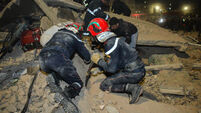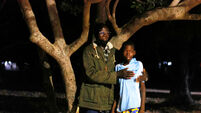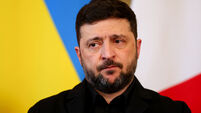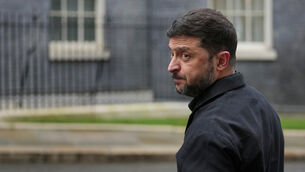Saddam's Republican Guard mostly a no-show
American military commanders were today asking themselves a troubling question after rumbling into the centre of Baghdad almost unopposed: where did Saddam Hussein’s feared Republican Guard go?
There had been intense speculation about the long-awaited Battle for Baghdad, including dire warnings of house-to-house urban combat and maybe even having to defend against the use of chemical weapons.














